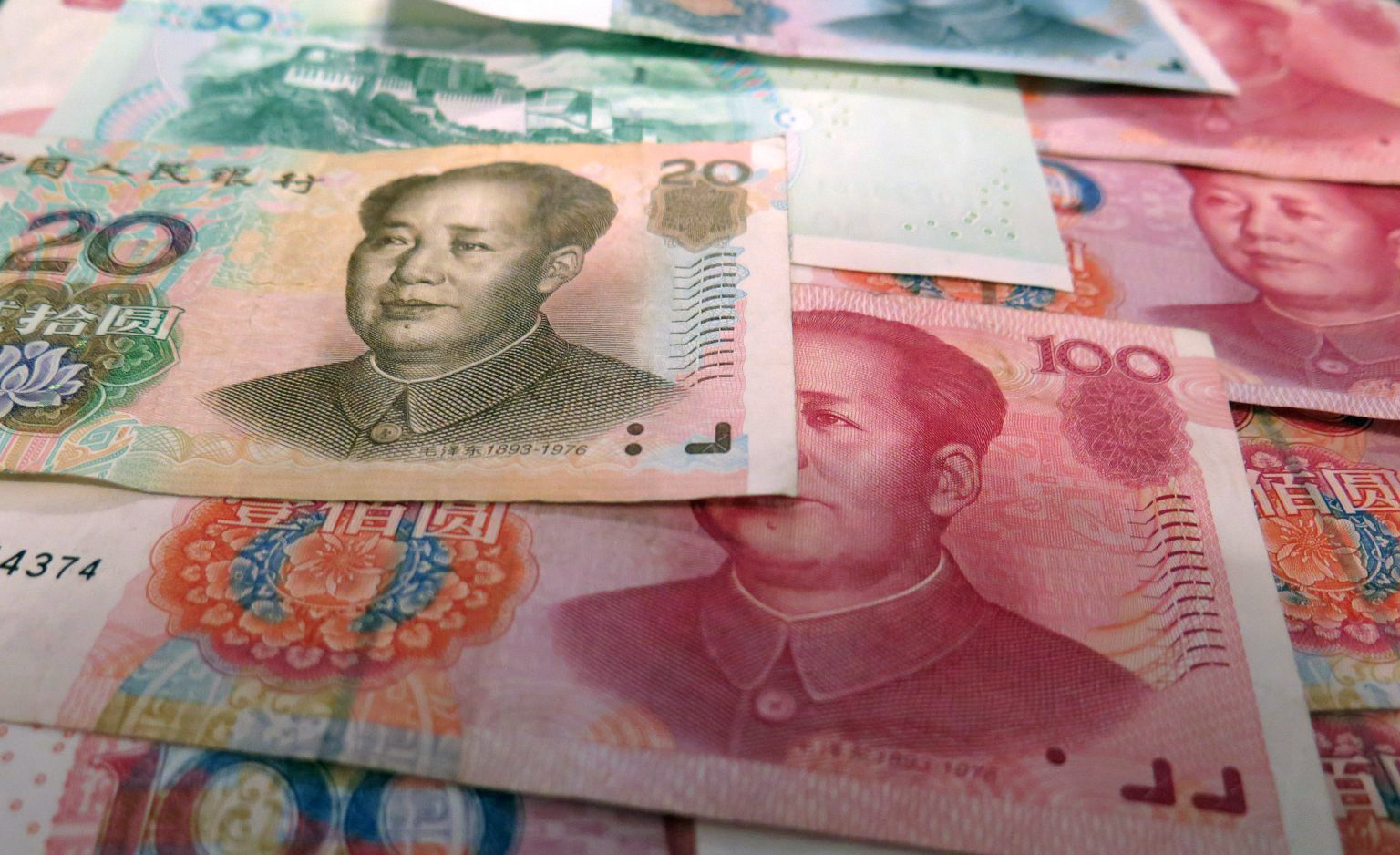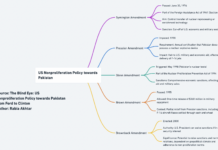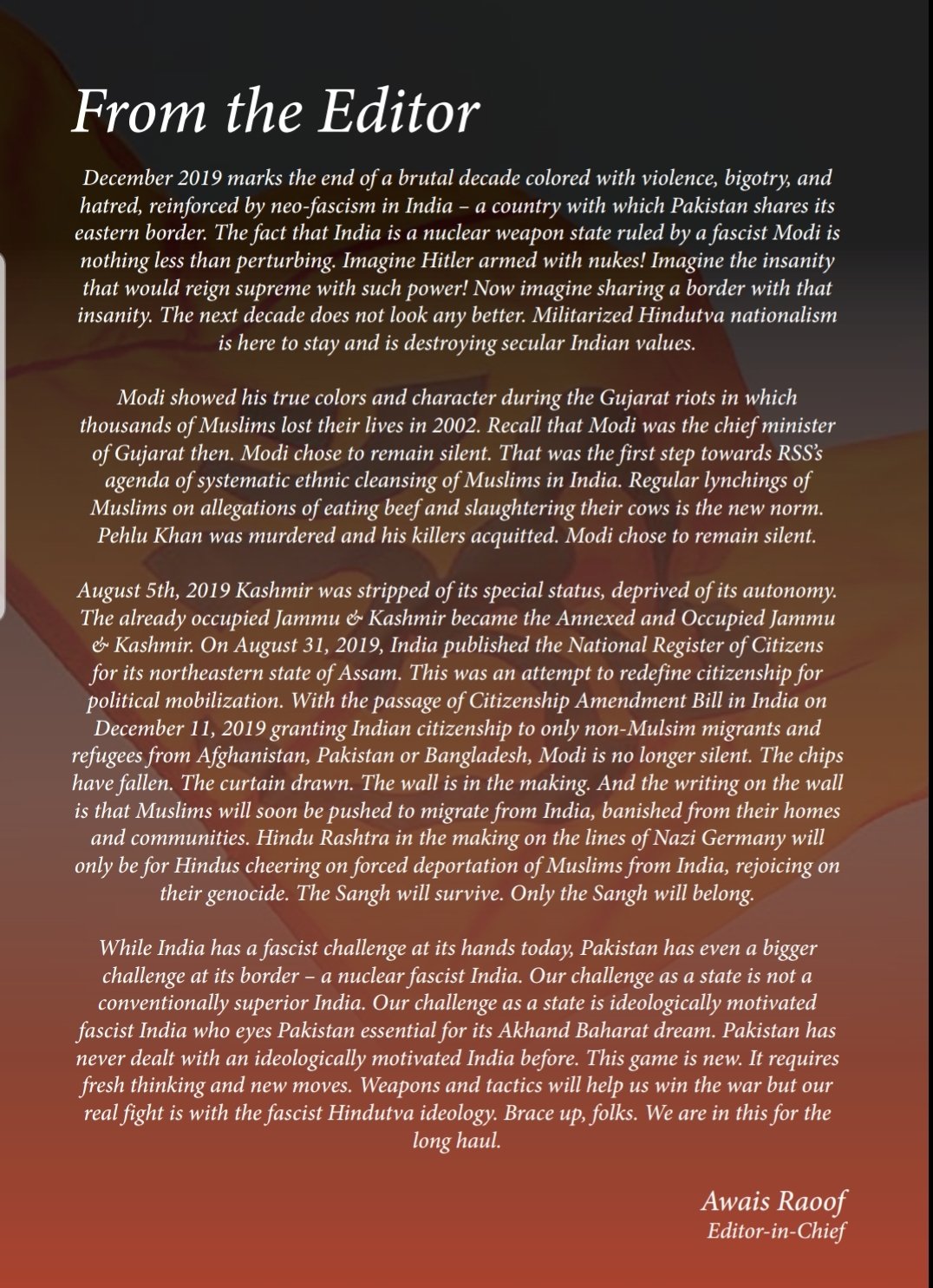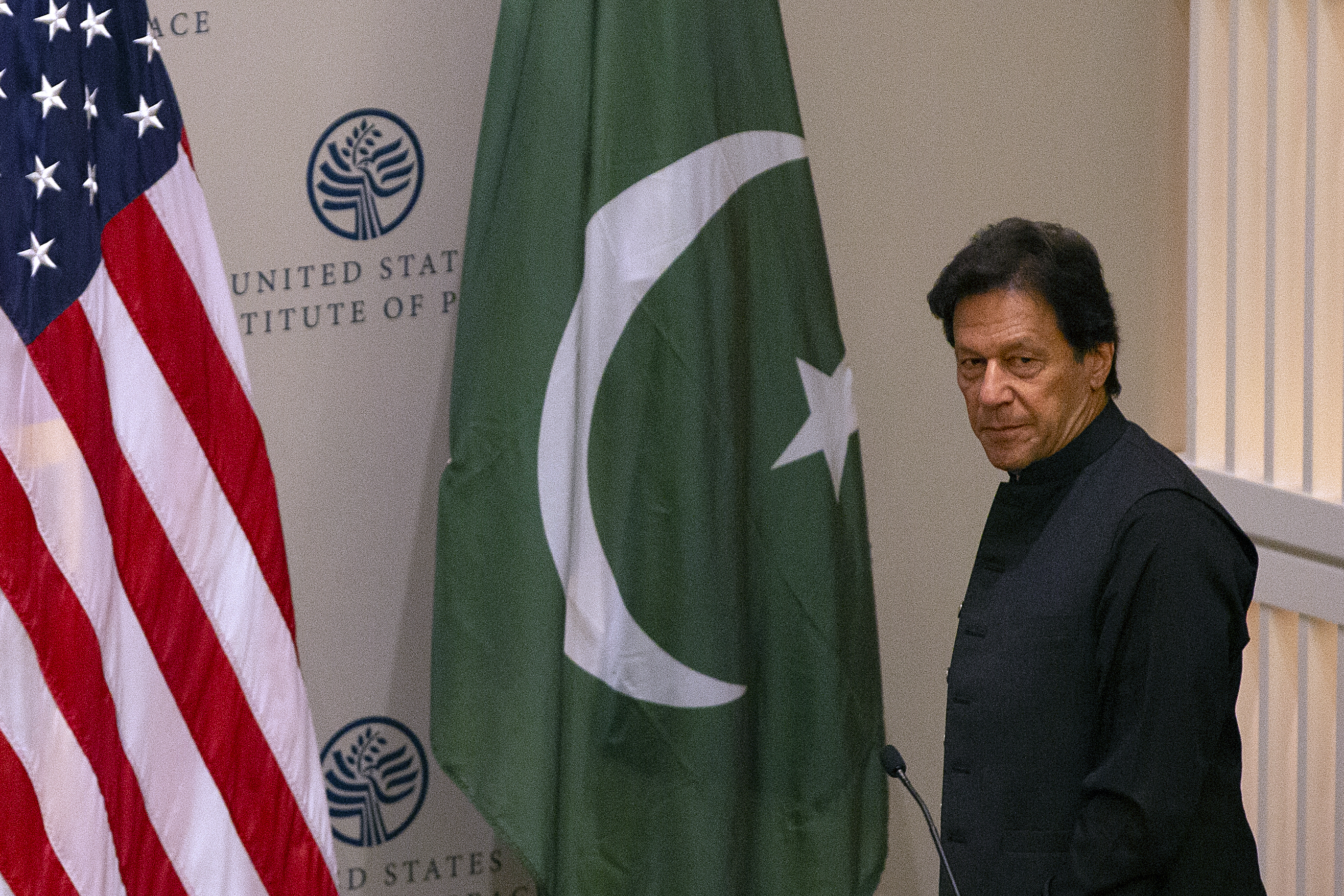Ishrat Hussain
There are certain key factors that drive international demand for a currency, and the policies that spur its supply. According to the IMF research, demand side factors for the currency as unit of account and medium of exchange include the size and structure of the economy, the structure and breadth of the trade network and invoicing practices. Macroeconomic stability and the currency’s credibility/strength make it an attractive store of value, further fostering demand for it. On the supply side the depth and openness of financial markets and currency convertibility are critical factors. Domestic policies conducive to financial development and capital account liberalization allow access to financial assets denominated in that currency. In addition, the authorities’ willingness to provide global liquidity (especially at times of financial stress just as the U.S. did during the 2008 crisis) often plays an important role in cementing the currency’s global status.
In general, currency internationalization could provide a number of advantages to the country of issuance. Particularly, it would reduce exchange rate risk facing economic agents, and allow both the public and private sectors to issue debt in domestic currency internationally, thereby improving risk management for domestic firms. From a global perspective, internationalizing currencies of large emerging markets could improve global risk sharing and address some of the imperfections in the international monetary system. The 2008 global financial crisis and debt sustainability concerns have raised questions over concentration in one or two global currencies. There is interest in encouraging wider use of various emerging market (EM) currencies, particularly the RMB. China’s strategy to promote the RMB in the global market is based on a two–track approach, promoting the use of the RMB in international trade and establishing offshore RMB markets. The importance of RMB in international transactions has been increasing, and has led to the inclusion of the RMB in the SDR basket. Now, the yen and the RMB are two of the five constituent currencies of the SDR, with a combined weight of over 19 per cent. China has also been making bilateral efforts to increase the use of RMB through the creation of swap lines and encouraging the development of RMB markets in key financial centers.
The experience of the U.S. dollar offshore market provides useful insights into the long-term potential evolution of the RMB. A thriving offshore market allows nonresidents less restricted and more favorable conditions to trade in the currency. In light of this, efforts by the Chinese authorities to develop an offshore market for the RMB in Hong Kong SAR – an established financial center with long history of free movement of capital – was a step in the right direction. To ensure smooth functioning of the RMB market it is salient that the offshore banks are able to access RMB onshore to meet the demand for RMB in settling trade and investment.
Commodity exporters are less likely to invoice their trade in domestic currencies, and instead adopt the global standard (e.g.,U.S. dollar pricing for many commodity exports). On this front, the RMB would be well-positioned to gain wider international use given China’s diversified trade structure. Other factors, such as the composition of the supply chain, also influence pricing behavior.
Empirical Experience
Having established the rationale for the entry of RMB as an international currency we move next to address the question: What has been the experience with RMB internationalization so far? More than 2,200 financial institutions worldwide were said to be using the yuan in their transactions. Data from the International Monetary Fund indicated that the central banks around the world had $212.9 billion in RMB-denominated reserves, accounting for 1.95 percent of all reserves.
According to the People’s Bank of China, the central bank, yuan-denominated assets held by foreign institutions and individuals rose more than 65 percent from about 2.9 trillion yuan ($409.2 billion) in 2013 to 4.85 trillion yuan in 2018.
Cross-border flows of yuan-denominated investments rose sharply in the last decade, ever since the RMB was internationalized. Yuan-denominated foreign direct investment in China and China’s overseas direct investment rose to 2.66 trillion yuan in 2018 from 28 billion yuan in 2010, up 95 times, PBOC data showed. In 2018, 54% of the Chinese and 58% of overseas companies increased their RMB based cross border trade settlements. This big surge was made possible because of the Belt and Road Initiative which improved access to new markets and new products. As more BRI projects come on stream, the RMB based products and services would further expand.
The outstanding value of China’s yuan-denominated overseas bonds rose from
$895 million in 2007 to $1.08 trillion in 2018, according to data from the Bank for International Settlements.All this data vindicates China’s decision in 2009 to internationalize its currency to ensure the yuan’s stature matches the country’s economic heft and the humongous scale of its international trade.
Chinese monetary authorities have recently set new long-term goals for RMB as an international currency: The yuan should be more widely used in cross-border investments, transactions of financial markets, and central bank reserves. The internationalization does not mean that the RMB will replace the U.S. dollar to denominate the international monetary system. The yuan would supplement the system while providing more choices for the global markets.
Pakistan – China RMB Based Transactions
Pakistan has been one of the early partners of the PBC in their efforts to develop bilateral currency swaps. Even before the BRI and CPEC came on the horizon, SBP signed a bilateral Currency swap arrangement with Peoples Bank of China (PBC) in 2011, for a period of three-years, for the amount of Chinese Yuan (CNY) or RMB 10 billion and PKR 140 billion (equivalent to around US$1.6 billion). Upon maturities, the bilateral Currency Swap Arrangement (CSA) has been rolled over. Last rollover was done in May 2018 when it has been extended for a period of 3 years, with amounts increasing from CNY 10 Billion to CNY 20 billion and from PKR 165 billion to PKR 351 billion.
The objective of the currency swap is to 1) promote bilateral trade and finance direct investment between the two countries in the respective local currencies of the two countries and 2) to provide short term balance of payment support. Currently, SBP has drawn the full CNY 20.0 billion for the balance of payment support purpose and the funds are part of SBP’s Fx reserves.
A number of measures have been taken to promote CNY based trade with China. These are:
1. CNY is an approved foreign exchange for Pakistan as per existing foreign exchange rules and regulations. In terms of regulations in Pakistan, CNY is at par with other international currencies such as USD, Euro and JPY etc.
2. SBP has allowed banks to accept CNY deposits and give CNY Trade loans.
3. Both public and private sector enterprises in Pakistan and China are free to choose CNY for bilateral Trade & Investment activities.
4. SBP has allowed three banks namely: ICBC-Pakistan, Bank of China-Pakistan and Standard Chartered Bank (Pakistan) Limited to establish a local RMB settlement and clearing setup in Pakistan. This has enabled these banks to:
1. Open RMB accounts of the banks operating in Pakistan to facilitate settlement of RMB based trade and other transactions such as remittance to/from China.
2. Provide RMB liquidity to other banks in Pakistan for the settlement of RMB based transactions.
This local settlement mechanism provides a number of benefits, including: fast turnaround time and reduced cost for local banking system, as compared to charges deducted by foreign correspondents in China/Hong Kong, easy access to the RMB settlement for the local banking system without meeting the stringent requirements that overseas jurisdictions may impose on RMB Nostro accounts, enhancing Market liquidity of RMB to complement SBP’s efforts in promoting bilateral trade between China and Pakistan as envisaged through CSA with China.

5. Publication of Data to Facilitate Traders & Investors: From a regulatory perspective, banks are free to trade in RMB/PKR currency pair in the interbank market. Consequently, SBP has set up a market-based mechanism to publish benchmark RMB/PKR spot and forward exchange rates up to one-year tenors on a daily basis on its website and Reuters for information of the public/customers. The disclosure of data is expected to facilitate importers, exporters and investors by improving transparency in pricing CNY based trade transactions. Pakistan’s CNY based imports have now reached 15 percent of the total imports from China.
To conclude, among emerging market currencies, the RMB holds the most potential to become widely used internationally, due to China’s large economic size, diversified trade structure and network, macroeconomic stability, and high growth rates-both current and expected. Yet, foreign access to RMB-denominated assets that could act as global stores of value remains limited due to restrictions on capitals flows. At the same time, the rapid expansion of RMB trade settlement and issuance of RMB-denominated bonds by the Chinese government and corporates in Hong Kong, SAR have created some feedback channels across onshore (CNY) and offshore (CNH) RMB markets. Belt and Road Initiative (BRI) is providing a big fillip to RMB based transactions by extending access to new markets, new products and new clients.
Dr. Ishrat Husain is Advisor to the Prime Minister for Institutional Reforms and Austerity of Pakistan. This article is a version of his keynote address at the International Forum on the Internalization of RMB held at the University of Lahore on January 20, 2020.






















